Seeking MUAS Advice
G D
4 years ago
Featured Answer
Sort by:Oldest
Comments (31)
User
4 years agolast modified: 4 years agoG D
4 years agolast modified: 4 years agoRelated Discussions
Range hood, Duct, and MUA advice needed for condo
Comments (1)Bump...See Morexo hood need advise to meet local building compliance
Comments (7)Jennifer: A semi-pro stove requires a semi-pro ventilation system, and the costs will be commensurate. You or someone you trust will have to do the ventilation research. Most of the principles and formulations that you will need to know have been presented on this forum for more than a decade. The review will take some time but it will be worth it in venting performance and noise minimization. To start, here are some recommended links: The "Greenheck guide" first dozen or so pages https://www.tagengineering.ca/wp-content/uploads/2015/02/KVSApplDesign_catalog.pdf Some threads of note on this and the HVAC forum: https://www.houzz.com/discussions/2328297/range-hood-faq-personal-notes-updated-10-31-2007#n=20 https://www.houzz.com/discussions/5161173/hood-faq#n=101 https://www.houzz.com/discussions/6099827/exhaust-hood-faq-ii#n=113 https://www.houzz.com/discussions/6040827/range-hood-noise-project https://www.houzz.com/discussions/5888450/seeking-muas-advice#28657635 And opaone's quasi commercial adaptation for his residence with emphasis on indoor air quality: https://bamasotan.us/range-exhaust-hood-faq/ Searches will provide many more helpful messages. Once you have internalized this material, you will understand why simple "buy this" advice cannot be provided without a lot of additional information from you, informed by your reading....See MoreSeeking advice for trees for courtyard quadrants that can be pruned.
Comments (30)Wisterias grown as trees are very impressive - but you shouldn't grow them unless you have understood what they need and are willing to do the work necessary to control them and get a good show from them. From my experience I prefer the Chinese ones. We have both a Chinese one and a Japanese one - I regret planting that one....! But we don't have any American types because they often don't have a pleasant smell. People in the neighbourhood - or even just passing through - when the wisteria are in bloom often stop to ask what they are! The Chinese one in May this year:...See MoreShopping for a range hood? Need help!
Comments (8)Perhaps I should add these comments: Commercial kitchens, such as restaurants, have kitchen ventilation operating cost as one of their main cost drivers. So they optimize on capture and containment performance vs. operational electrical cost. For residences, this is not usually an issue, so the trade space is bounded by the three factors: performance, aesthetics, and acquisition/installation cost. You won't get high performance and great aesthetics (buyer determined) at low cost. Either pick two of the three to maximize, or trade among them. No air leaves the kitchen via the hood system that hasn't entered the kitchen either incidentally (including wall leakage) or via a deliberate make-up air (MUA) system (simple or complex). Commercial units typically operate at one or a few air flow rates against which the MUA can be easily balanced. For residences with potentially multiple exhaust fans and a hood often operated over a variable range of flow rates, the residential MUA system may have added complexities over a commercial one. Further, code enforcement doesn't care if you gag your hood and fill your house with cooking effluent, code enforcement cares whether you pull a weak vacuum with the hood and back-draft combustion appliances, thereby pulling carbon monoxide into the house air. So at some point a search here on 'MUA' is recommended. In addition to many MUA threads on this forum, there is also a relevant one on the HVAC forum: https://www.houzz.com/discussions/5888450/seeking-muas-advice#28657635 Last, or first, the adoption of commercial elements into residential cooking ventilation may have merit for some, depending on space available and cost, so there is this link to ponder: https://bamasotan.us/range-exhaust-hood-faq/...See Moreweedmeister
4 years agoG D
4 years agolast modified: 4 years agoG D
4 years agokaseki
4 years agolast modified: 4 years agokaseki
4 years agolast modified: 4 years agokaseki
4 years agokaseki
4 years agokaseki
4 years agokaseki
4 years agoG D
4 years agokaseki
4 years agoG D
4 years agoG D
4 years agokaseki
4 years agoG D
4 years agokaseki
4 years agolast modified: 4 years agoD B
3 years agoG D
3 years agoMatt K
3 years agofitfor94
last yearnexp
8 months agofitfor94
8 months agonexp
8 months agoJohn H
4 months agokaseki
4 months agoJohn H
4 months agokaseki
4 months agonexp
4 months ago
Related Stories

KITCHEN DESIGNSmart Investments in Kitchen Cabinetry — a Realtor's Advice
Get expert info on what cabinet features are worth the money, for both you and potential buyers of your home
Full Story
DECORATING GUIDES10 Timeless Pieces of Decorating Advice
Follow these tried-and-true rules and you’ll be ready for any decor situation
Full Story
BATHROOM DESIGNDreaming of a Spa Tub at Home? Read This Pro Advice First
Before you float away on visions of jets and bubbles and the steamiest water around, consider these very real spa tub issues
Full Story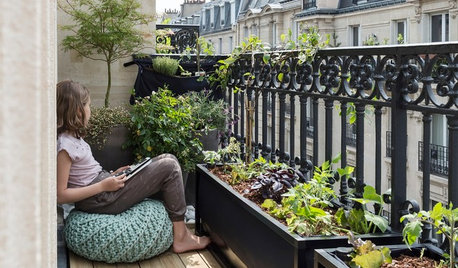
URBAN GARDENSA Family Fills a Paris Balcony With Good Things to Eat
Wanting to teach his kids about gardening, a father seeks a pro’s advice on building an urban farm just outside his door
Full Story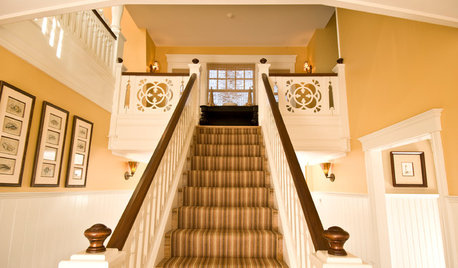
CONTRACTOR TIPSBuilding Permits: The Submittal Process
In part 2 of our series examining the building permit process, learn what to do and expect as you seek approval for your project
Full Story
ARTThe Best Ways to Care for, Clean and Store Art
Keep your treasures on canvas and paper in top shape with this expert advice from two gallery directors
Full Story
DISASTER PREP & RECOVERYHow to Make Your Home Safe and Dry After Flooding
Follow this expert advice to get your house ready for rebuilding while you consider your options
Full Story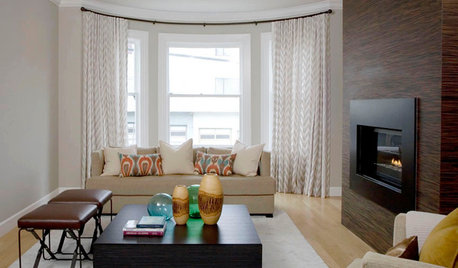
DECORATING GUIDES7 Home Purchases Worth the Splurge
Make buyer's remorse over furniture, textiles and more a thing of the past with this wise purchasing advice
Full Story
LIFEYou Said It: ‘Limit the Gifts’ and More Houzz Quotables
Design advice, inspiration and observations that struck a chord this week
Full Story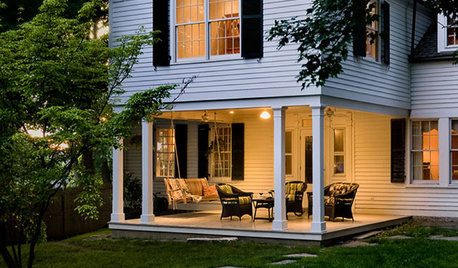
SELLING YOUR HOUSEThe Latest Info on Renovating Your Home to Sell
Pro advice about where to put your remodeling dollars for success in selling your home
Full Story


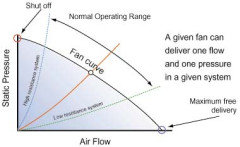


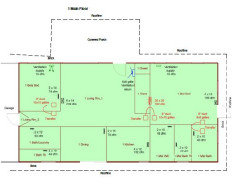



kaseki